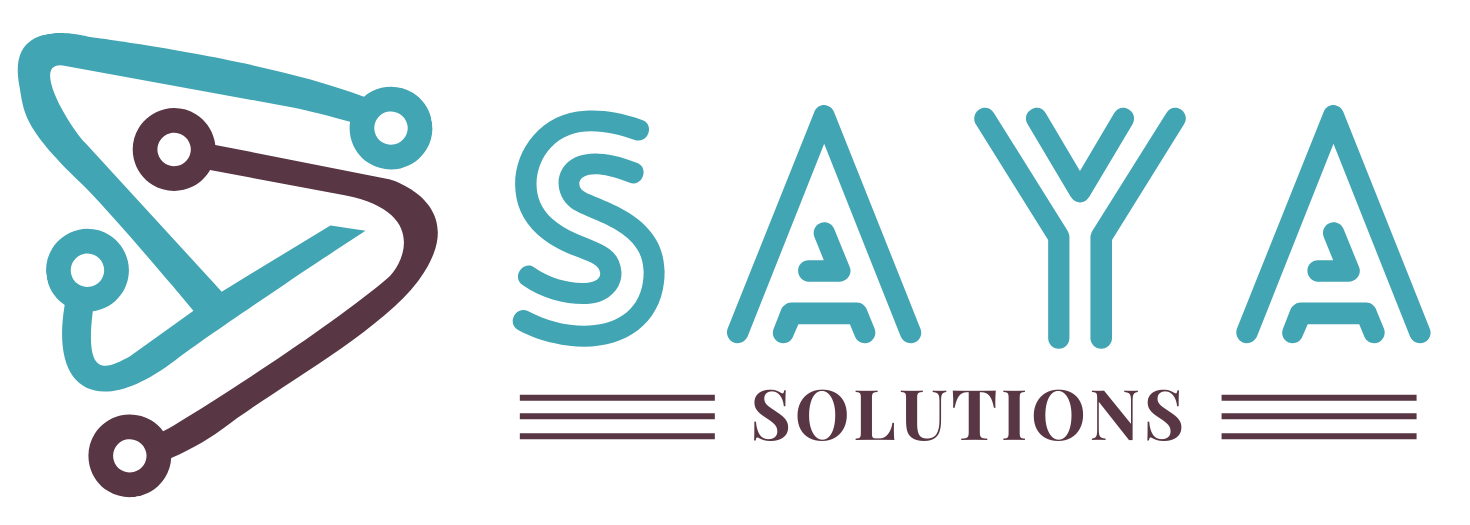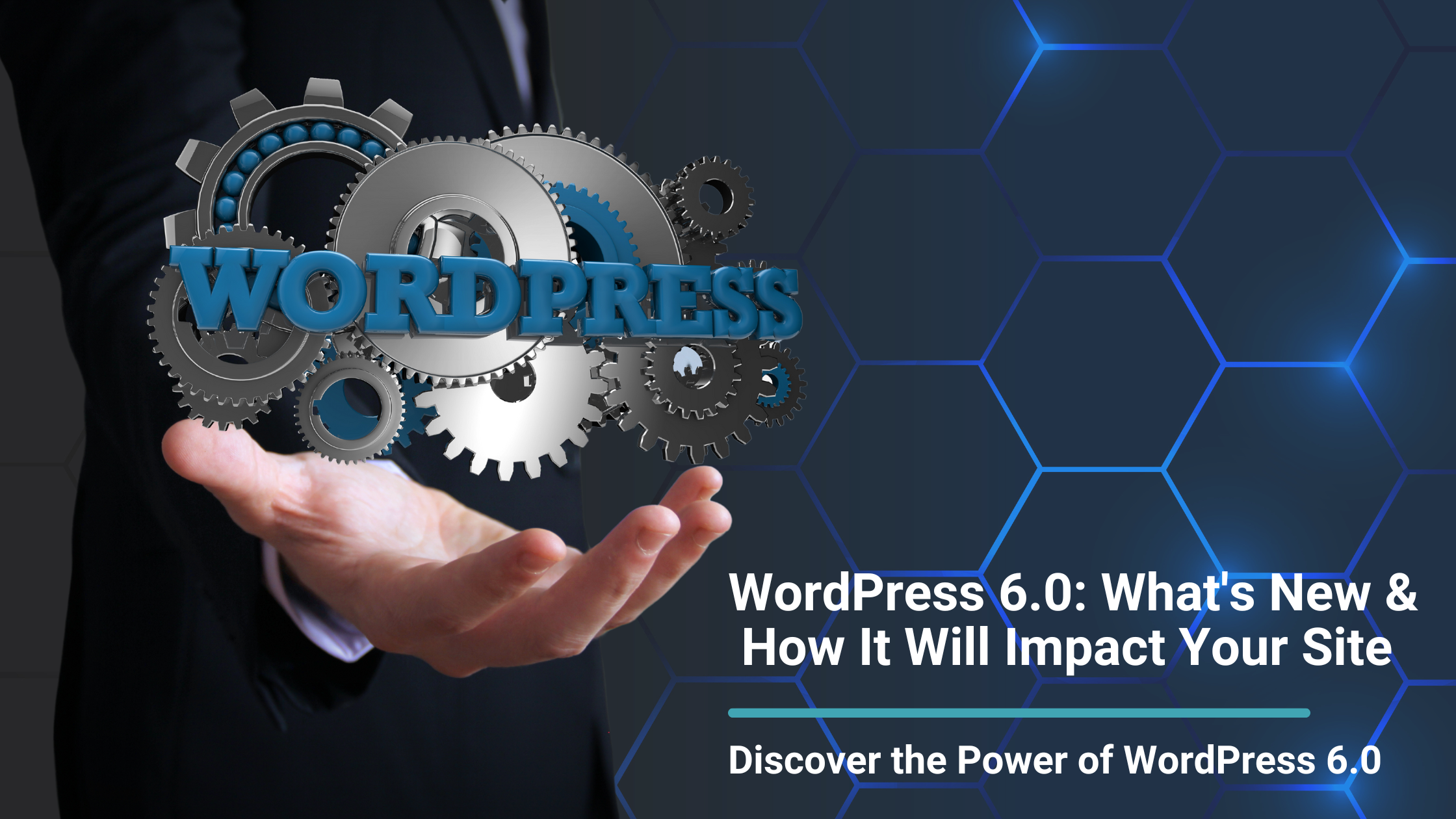Zigtal
Zigtal is an innovative skill intelligence platform that transforms how businesses harness and optimize workforce capabilities alongside human intelligence. Their approach is rooted in the belief that connecting talent can unlock limitless potential. By bridging the gap between individual skills and strategic business goals, Zigtal provides cutting-edge, data-driven insights and forward-thinking models that empower organizations to excel in today’s competitive global market.
Requirements & Challenges
The requirements included:
1. User-Friendly Interface: Website is intuitive and easy to navigate, ensuring visitors can find information quickly. usability, and accessibility.
2. Responsive Design: Optimize for various devices for seamless user experience across desktops, tablets, and smartphones.
3. Fast Load Time: Pages load time is within a few seconds to enhance the user experience and improve SEO performance.
4. Scalability: The platform should be designed to handle future growth, including increased traffic, content, and feature upgrades.
5. Security Measures: Implement strong security protocols to protect against data breaches, malware, and cyberattacks.
6. Content Management:: A robust CMS to easily manage and update website content.
7. Data Security Compliance: Ensure GDPR compliance with robust security measures, safeguarding user data confidentiality and privacy.
Project Information
Our Solutions
1. Create a clear and intuitive layout by using a well-structured navigation system and ensuring content is organized logically.
2. Utilized responsive web design techniques to adjust the layout to different screen sizes automatically.
3. Optimize images, minify CSS, and leverage browser caching. Used a Content Delivery Network (CDN) to improve page load speeds.
4. Implement SSL certificates and other security plugin for secure data transmission.
5. Designed and created infographics that communicate information clearly and effectively
6. Use a reliable and flexible CMS that allows non-technical users to easily manage and update content.
7. On-page SEO best practices for visibility and ranking on search engines, driving organic traffic.
8. Conduct A/B tests to optimize website elements, layouts, and features based on user preferences.








